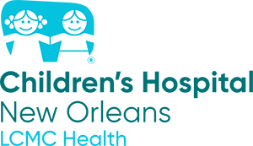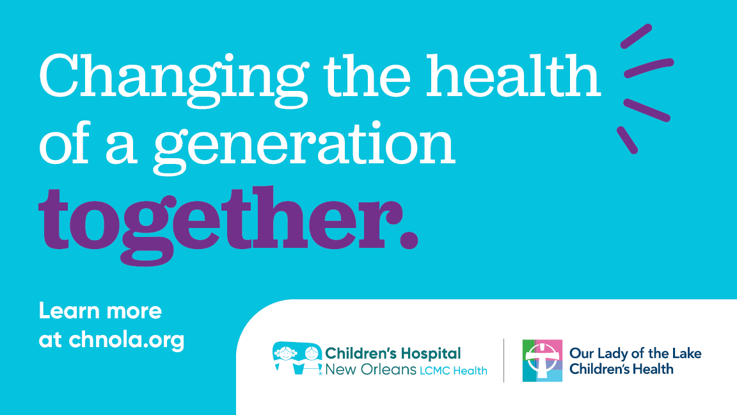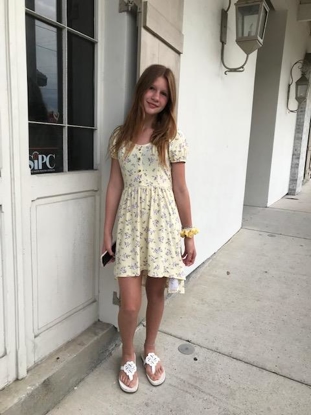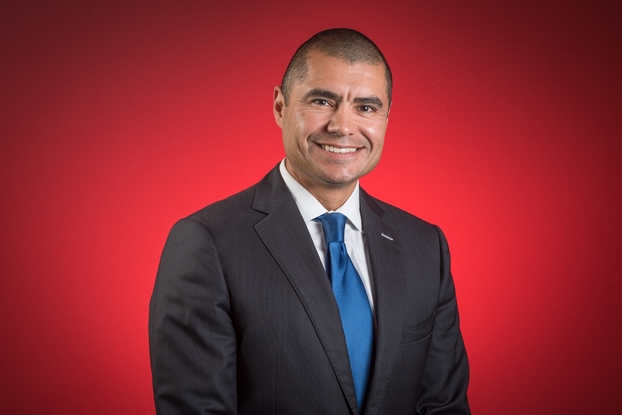Stopping human trafficking in its tracks
- Category: General Health, Living Well
- Posted on:
- Written By: Maria Isabella “MIP” Pontoriero, MSW, MPH, LMSW

Human trafficking is a word that has gotten a lot of “buzz” over the past few years. Many of us hear about human trafficking within the various communities we are a part of – at our schools, faith-based communities, and even healthcare settings. During my time at Children’s Hospital working with child trafficking victims, I have had the opportunity to work with local, statewide, and federal partners who are also combatting and responding to this violent crime against our youth. Taking on this role has taught me that it’s necessary for us to have a comprehensive understanding of what this crime looks like in our community, but preventing it also necessitates that we have an understanding of what human trafficking is not.
Let’s start with what human trafficking is. There are two types of human trafficking that could happen to any child or adult – sex trafficking or labor trafficking. Today, I’m going to focus on child sex trafficking, which constitutes any sex act performed by a child for an adult in exchange for something of value (monetary or non-monetary). Traffickers, or people who exploit kids, can be virtually anyone. You may be familiar with “stranger danger” or “being aware of the man in the white van,” but these are hardly the people who are exploiting our youth. It is often the case that exploiters tend to be family members, close friends, or significant others who have trusting relationships with children. Children’s brains typically do not fully develop until their mid to late-20s, so they are less easily able to process danger cues or make healthy decisions. When a child is lonely, seeking emotional or physical need fulfillment, or is in survival mode, an exploiter will take advantage of this child’s vulnerability to get them to comply with what they want (forcing them to have sex with others). They will do this by gaining the child’s trust and manipulating them to believe they are their “protector” or someone who will provide for their needs. It is for this reason, that we must take the accountability off of the youth for their exploitation and place it back onto those who perpetrate the crime.
When you think of human trafficking, movies such as “Taken” may come to mind, too. Movies, TV shows, songs, and media often sensationalize exploitation and make it seem like it’s obvious who the victims are – people who are kidnapped, chained up somewhere, crying out for help, or are covered in bruises. While exploitation can look like this and some traffickers may use drugs or physical force to maintain power over their victims, it is more common that they use tactics of psychological coercion, such as expressing sentiments of love, meeting emotional and physical needs, making youth feel special, or verbally threatening force upon the child or the child’s family. Human trafficking can be a hidden crime largely in part due to this invisible force – psychological manipulation.
Communication
Many caregivers will ask me how they can prevent their child from being exploited. This answer is complex, as exploitation can happen in thousands of different ways. I tell the families I work with is that all people in the world have needs that must be met in order to be successful and thrive. These needs are having basic needs met (food, water, shelter, etc.), feeling safe wherever they are, feeling loved and that they belong, having self-esteem, and having a sense of self-efficacy to achieve hopes, goals, and dreams. There are so many things caregivers and youth-serving professionals can do to prevent exploitation, including but not limited to teaching youth consent, helping them learn healthy decision-making, helping them distinguish safe versus unsafe situations, maintaining measures for safety online and social media, having laws that hold traffickers and buyers accountable, and having curriculums in school that teach youth what exploitation is in a developmentally appropriate manner. But arguably one of the most important things I tell families is that the best way to prevent this crime is to unconditionally love and support their child, to meet their emotional and physical needs, and by empowering them to make healthy decisions through joint-decision making and having open communication no matter what situation may come up. When kids feel loved, safe, and supported, they are less likely to leave home and seek need fulfillment elsewhere, and thus, become targeted by a trafficker. So caregivers and service providers, love your children and make sure they know you are on their side, through thick and thin, that you will back them up when they need you, and that discipline will be a safe, non-violent opportunity to teach important skills for combatting the challenges of growing up in a media world, taking care of themselves, and valuing their health and safety. As we navigate the challenging unprecedented times we find ourselves in, I encourage all readers to love themselves and ask their kids how they are doing frequently; keep those lines of communication open!
Any service provider, agency or caregiver who is interested in training on child trafficking can reach out to the New Orleans Children’s Advocacy Center/Audrey Hepburn CARE Center at Children’s Hospital at nocac@lcmchealth.org or to reach out to MIP directly please email maria.pontoriero@lcmchealth.org.
Maria Isabella “MIP” Pontoriero, MSW, MPH, LMSW
Human Trafficking Social Worker, Audrey Hepburn CARE Center
Forensic Interviewer, New Orleans Children’s Advocacy Center



